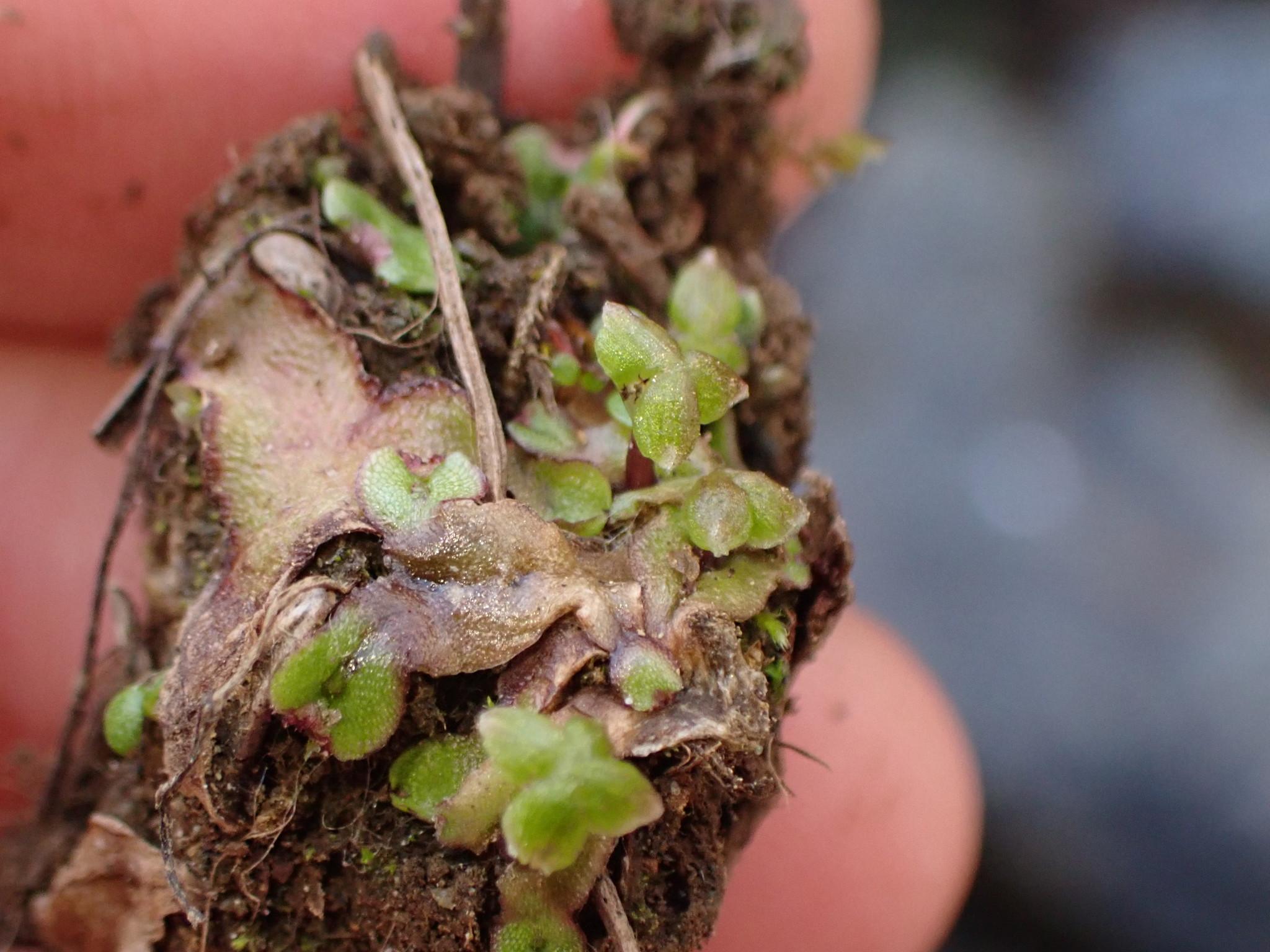Unveiling Scapania Cordifolia: The Captivating Moss of the Scapaniaceae Family
Affiliate Disclaimer: As an affiliate, we may earn a small commission when you make a purchase from any of the links on this page at no additional cost to you!

original.jpeg from: https://www.gbif.org/es/species/2689329
Scapania cordifolia Müll.Frib.: The Fascinating Moss of the Scapaniaceae Family
Introduction
Scapania cordifolia Müll.Frib., commonly known as Scapania, is a captivating moss species belonging to the Scapaniaceae family. This tiny but mighty plant plays a significant role in its ecosystems and boasts unique adaptations that allow it to thrive in various habitats worldwide. In this blog post, we’ll dive into the fascinating world of Scapania cordifolia and explore its morphology, distribution, ecological roles, and more.
Background
Scapania cordifolia is a member of the Marchantiophyta division, also known as liverworts, and belongs to the Jungermanniopsida class. The Scapaniaceae family comprises around 85 species, with Scapania being one of the most diverse genera. These mosses are found in a wide range of environments, from temperate forests to arctic tundra.
Morphology and Identification
Scapania cordifolia is a small, leafy liverwort that typically grows in dense mats or cushions. Its leaves are arranged in two rows and are heart-shaped (hence the species name “cordifolia“), with a distinct fold along the midline. The leaves are usually green to yellowish-green and have a slightly glossy appearance. Scapania mosses reproduce through spores, which are produced in capsules that emerge from the tips of the plant’s stems.
Global Distribution and Habitat
Scapania cordifolia has a wide distribution, occurring in Europe, Asia, North America, and even extending into the Arctic regions. This adaptable moss can be found in various habitats, including:
- Moist, shaded rocks and cliffs
- Soil banks along streams and rivers
- Decaying logs and stumps in forests
- Tundra and alpine environments
Ecological Roles and Adaptations
Despite its small size, Scapania cordifolia plays crucial roles in its ecosystems:
- Moisture retention: The dense mats formed by Scapania mosses help retain moisture in the soil, preventing erosion and providing a stable substrate for other plants to grow.
- Nutrient cycling: As Scapania mosses decompose, they release nutrients back into the soil, contributing to the overall health and productivity of the ecosystem.
- Microhabitat creation: The intricate structure of Scapania mats creates microhabitats for various invertebrates, such as insects and spiders, which in turn support higher trophic levels in the food web.
Scapania cordifolia has developed several adaptations to thrive in its diverse habitats:
- Desiccation tolerance: This moss can withstand periods of drought by entering a dormant state and quickly reviving when moisture becomes available again.
- Freeze tolerance: Scapania mosses can survive freezing temperatures, allowing them to persist in arctic and alpine environments.
- Shade tolerance: The plant’s ability to grow in low-light conditions enables it to colonize shaded areas, such as forest floors and rock crevices.
Conclusion
Scapania cordifolia Müll.Frib. may be small, but it is a fascinating and ecologically important moss species. Its unique morphology, wide distribution, and remarkable adaptations make it a captivating subject for bryologists and nature enthusiasts alike. As we continue to study and appreciate the diversity of life on Earth, let us not overlook the crucial roles played by these often-overlooked bryophytes. The next time you find yourself in a forest or near a stream, take a moment to search for the heart-shaped leaves of Scapania cordifolia and marvel at the wonders of the miniature world beneath our feet.
